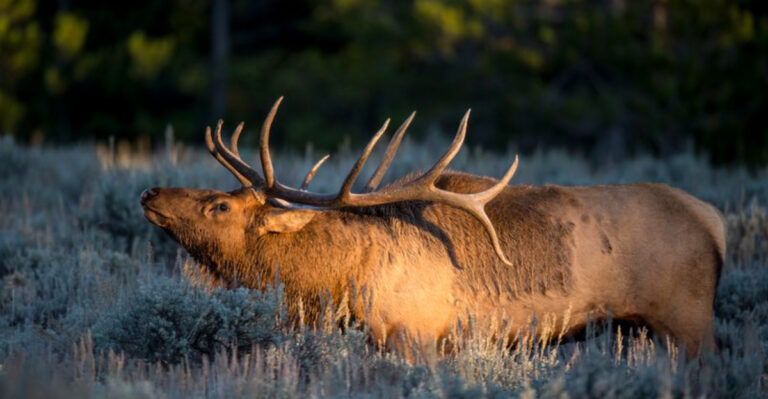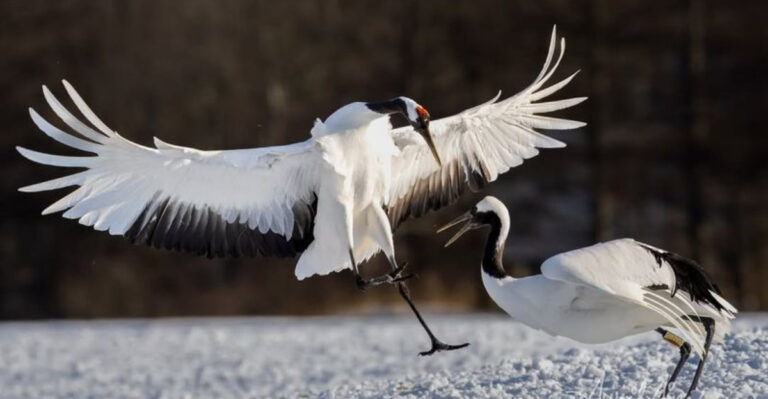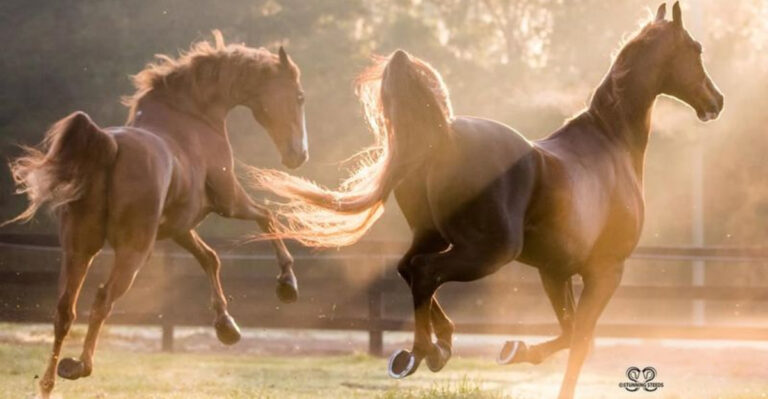These Are The Biggest Rodents Ever Recorded In Each State
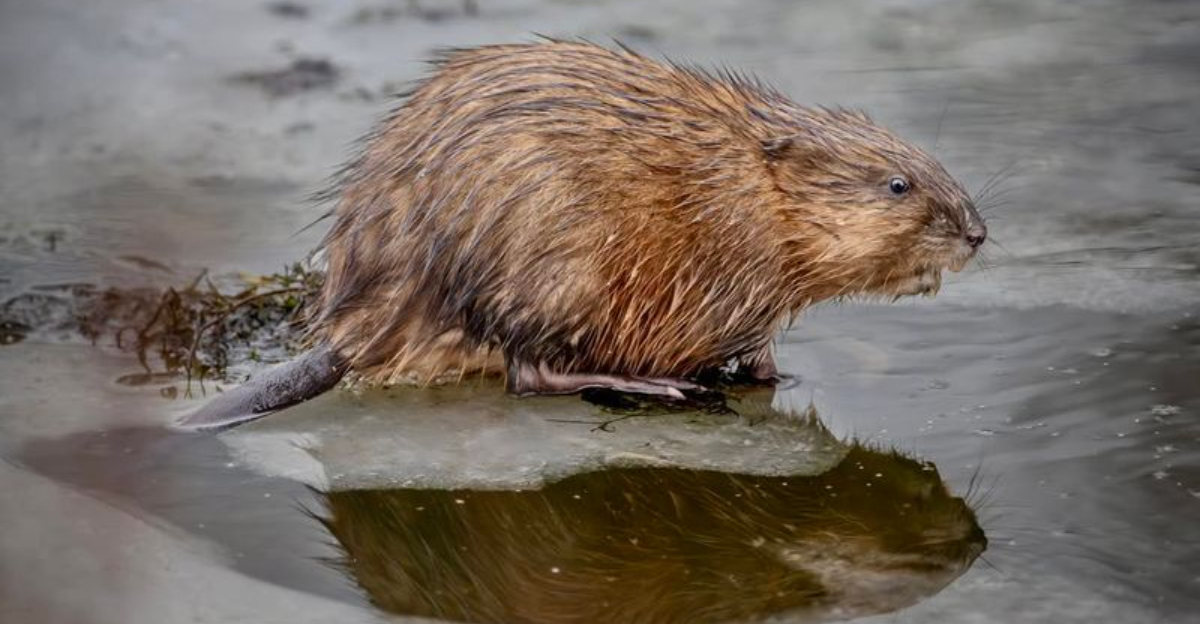
From massive beavers to giant capybaras, rodents are often thought of as small and scurrying, but did you know that some can grow to incredible sizes? Across the U.S., certain rodent species have been recorded breaking size records, showing just how diverse and impressive these creatures can be.
In this journey, we’ll take you across each state to discover the biggest rodents ever found, showcasing their impressive adaptations and the unique environments they thrive in. Get ready to learn about the true giants of the rodent world!
1. North American Beaver
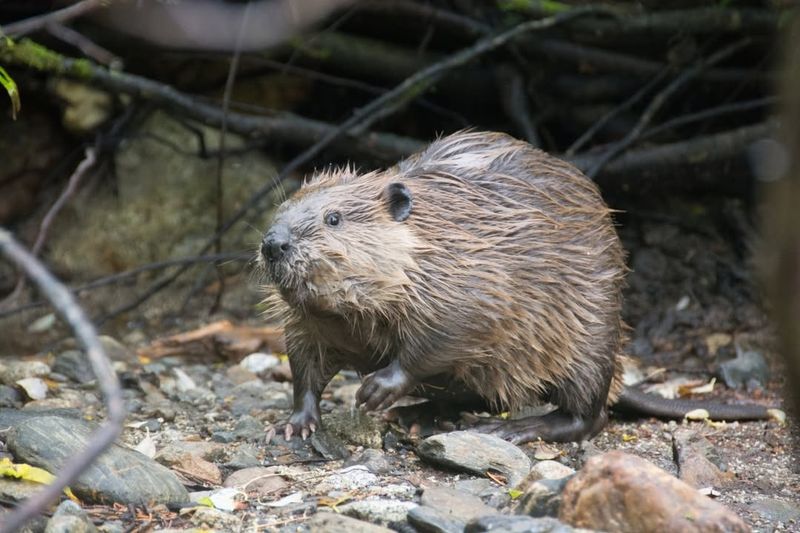
Meet the master architect of the animal world, the North American Beaver! Known for their incredible building skills, beavers don’t just live in nature; they reshape it. These industrious creatures use their massive incisors to fell trees and construct elaborate dams, creating entire ecosystems in their wake. But don’t let their busy lifestyle fool you; beavers have a more relaxed side too.
When they’re not engineering, you’ll find them enjoying a swim in their self-made ponds or munching on bark and aquatic plants. With a body built for the water, their webbed feet and sleek fur make them excellent swimmers, able to evade predators with ease.
Weighing in at nearly 60 pounds, they are a true heavyweight of the rodent family, and their presence is essential for maintaining healthy wetlands across North America.
2. Nutria
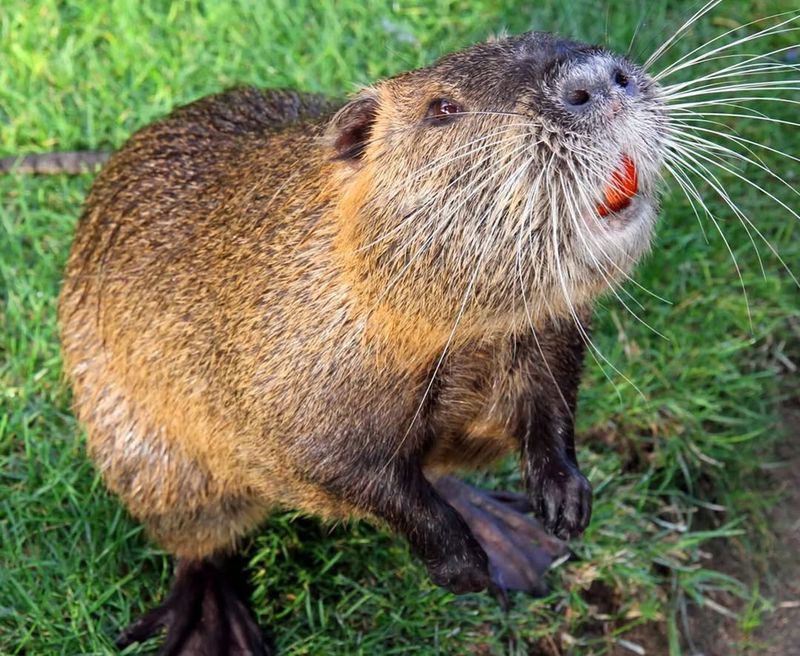
Welcome the Nutria, an invasive but intriguing addition to the American landscape. Originally from South America, these large rodents have taken a liking to the wetlands of the southern United States. Often mistaken for beavers or muskrats, Nutria are easily identifiable by their white whiskers and long, rat-like tails.
Despite their charm, Nutria can be problematic. Their voracious appetite for vegetation often results in significant damage to native plants and water habitats. Weighing up to 20 pounds, they are formidable foragers with an appetite that matches their size.
Conservationists are working hard to balance their presence with the local ecosystems, but one thing is clear: the Nutria’s impact is as large as its body.
3. Capybara
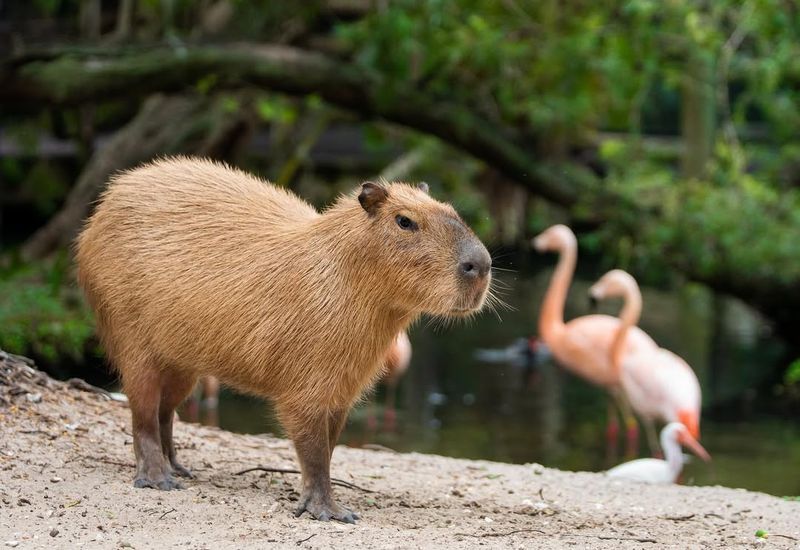
Say hello to the world’s largest rodent, the Capybara! Though not native to the United States, these gentle giants have found a home in the wilds of Texas. Weighing up to 150 pounds, Capybaras are social creatures known for their laid-back demeanor and love for water.
In the wild, they gather in large groups, often near rivers or lakes, where they can be seen grazing on grasses and aquatic plants. Their webbed feet make them excellent swimmers, allowing them to escape predators with grace and speed.
The Capybara’s social nature and gentle disposition have made them a favorite among animal enthusiasts, proving that sometimes bigger is indeed better.
4. Porcupine
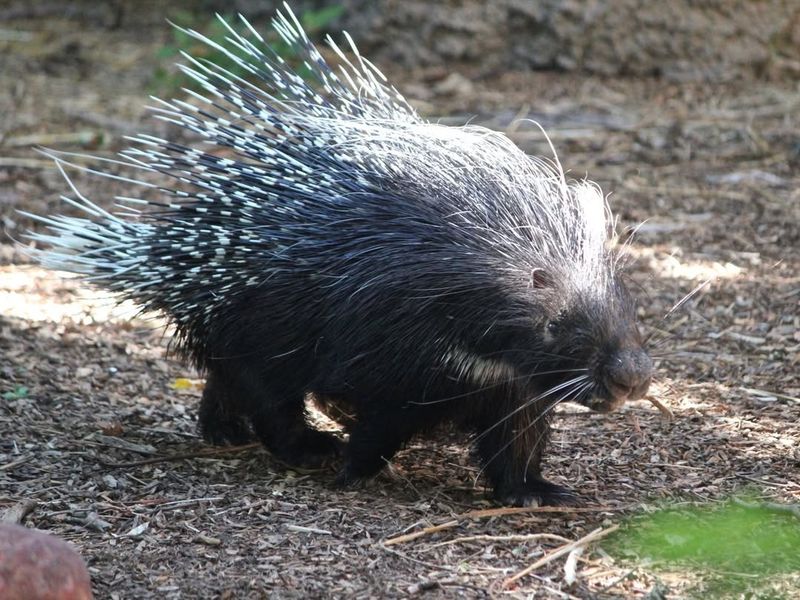
Enter the prickly yet peaceful North American Porcupine. Armed with thousands of sharp quills, this rodent has a unique way of defending itself. Unlike popular belief, porcupines don’t shoot their quills. Instead, they deter predators with their formidable appearance.
Found in forests across the northern United States, porcupines are primarily nocturnal, spending their nights foraging for bark, leaves, and twigs. Weighing up to 30 pounds, they might seem slow on land but are surprisingly agile climbers.
With a penchant for solitude, these creatures are often found alone, embodying the phrase ‘quiet strength’. Their presence is a testament to nature’s creativity and the diverse defense strategies of the animal kingdom.
5. Muskrat
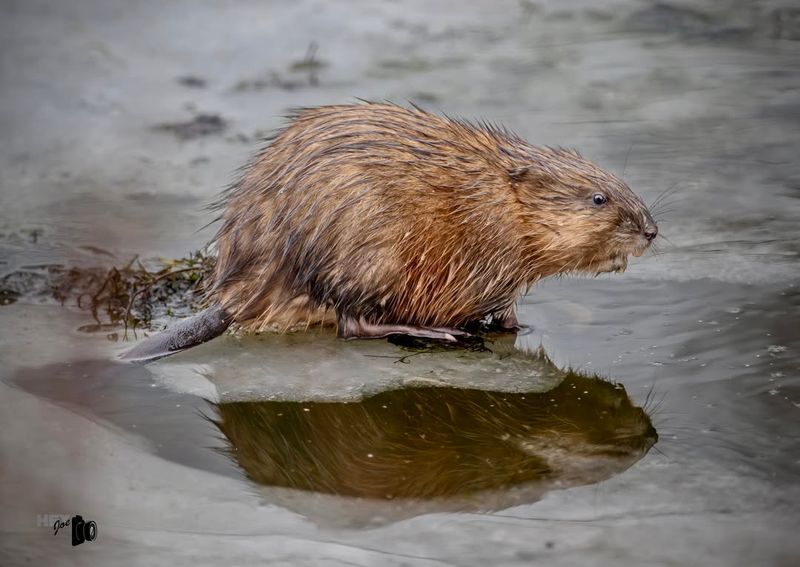
Introducing the Muskrat, a small but mighty rodent known for its adaptability. Found in wetlands across the United States, these rodents are built for life in the water. With waterproof fur and a rudder-like tail, they navigate ponds and marshes with ease.
Muskrats are incredible engineers, creating domed lodges from vegetation and mud, often shared with other species like frogs and ducks. Weighing around 4 pounds, they might not be the largest on our list, but their impact on the ecosystem is profound.
Their foraging helps maintain healthy aquatic plant life, ensuring balance in their watery habitats. The Muskrat’s ability to thrive in diverse environments makes it a fascinating member of the rodent family.
6. Eastern Gray Squirrel
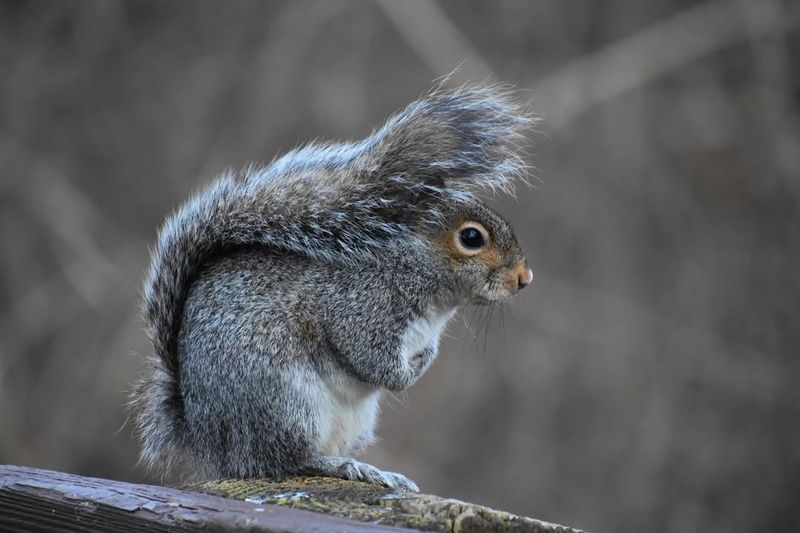
Introducing the charming Eastern Gray Squirrel, a common yet captivating sight across many US states. With their bushy tails and nimble movements, these squirrels are the acrobats of the rodent world. Found in deciduous forests and urban parks alike, they’re known for their adaptability and resourcefulness.
Weighing between 1 to 1.5 pounds, they might be small, but their influence is significant. Eastern Gray Squirrels play a crucial role in forest regeneration by burying nuts, inadvertently aiding in seed dispersal.
Their intelligence and playful antics make them favorites among wildlife watchers, proving that you don’t need to be the biggest to make a big impact.
7. Fox Squirrel
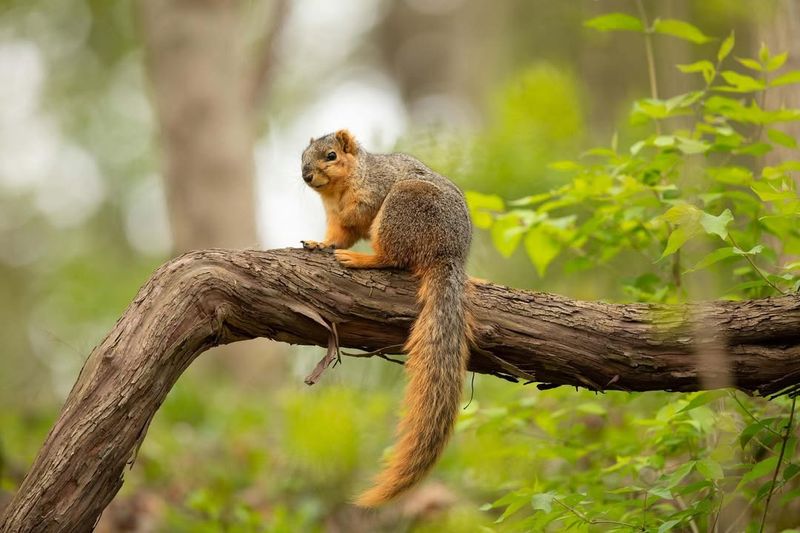
Welcome the vibrant Fox Squirrel, the largest tree squirrel species in North America. Found in the eastern and central United States, these squirrels are known for their striking coloration and larger-than-life personalities.
Weighing up to 2 pounds, Fox Squirrels are expert foragers, gathering nuts and seeds with precision and flair. Their bold behavior and curious nature often bring them into close contact with humans, making them a familiar sight in many parks and backyards.
Despite their larger size, they exhibit the same agility and grace as their smaller cousins, proving that even the biggest squirrels can still dance through the treetops.
8. Patagonian Mara
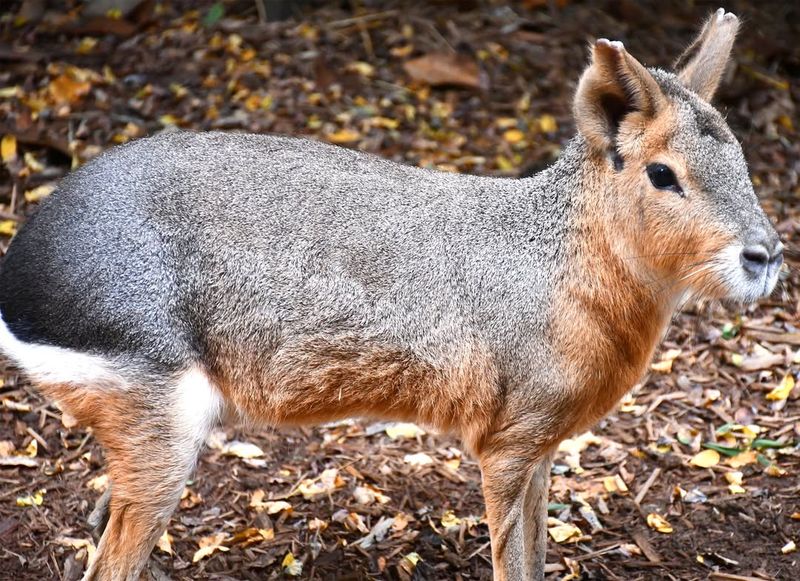
Meet the exotic Patagonian Mara, a rodent that looks more like a small deer than a typical rodent. Native to Argentina but found in some exotic animal collections in the US, these creatures are a sight to behold. Their long legs and ears give them a unique appearance, and their social nature makes them intriguing to observe.
Weighing around 20 pounds, Maras are known for their speed and agility. They live in social groups and are often seen grazing on grasses and shrubs. Their presence in the US, albeit limited, adds a touch of the exotic to the rodent family, showcasing the incredible diversity within this group of animals.
9. Black-tailed Prairie Dog
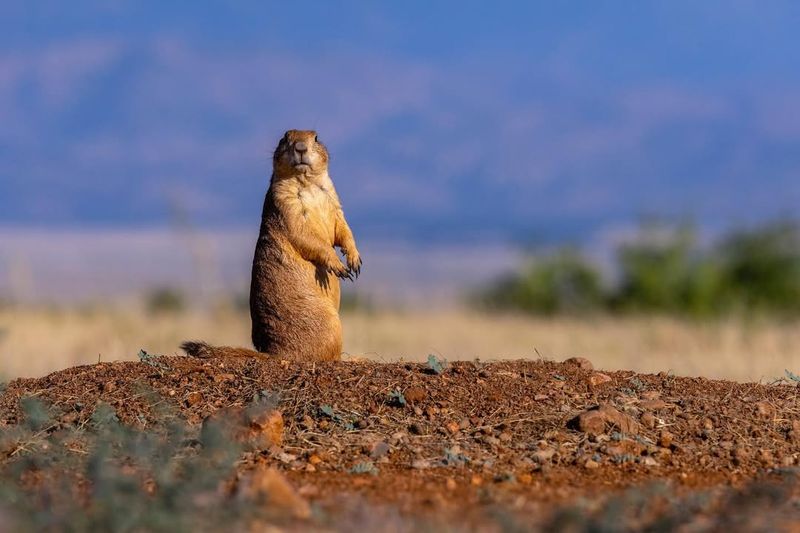
Enter the world of the Black-tailed Prairie Dog, a social rodent with a flair for community living. Found in the grasslands of the western United States, these prairie dogs are known for their complex burrow systems and lively social interactions.
Weighing in at around 3 pounds, they might not be the biggest, but what they lack in size, they make up for in numbers. Prairie dog colonies, or ‘towns’, are bustling with activity, and their communication skills are fascinating.
With a range of vocalizations, they warn each other of predators and coordinate their efforts to maintain their burrows. Their impact on the ecosystem is vital, as their burrows provide shelter for other species and help aerate the soil.
10. American Red Squirrel
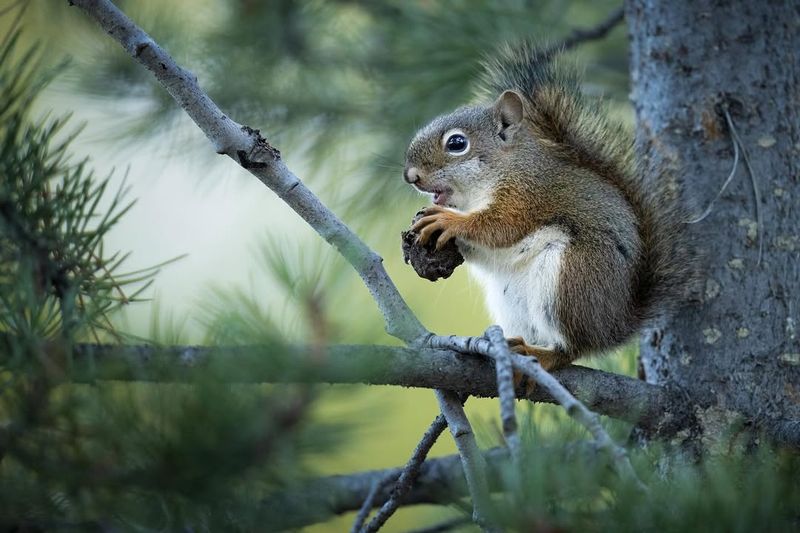
Introducing the spunky American Red Squirrel, a small but feisty rodent found in the coniferous forests of the northern US. With their reddish fur and white underbellies, these squirrels are hard to miss as they dart through the trees.
Weighing less than a pound, they might be tiny, but their energy is boundless. Red squirrels are known for their territorial nature, often engaging in vocal disputes with intruders. Their diet consists mainly of seeds from conifer cones, but they’re also known to cache food for the winter months.
Their industrious nature and vibrant personalities make them a beloved, albeit noisy, part of the forest ecosystem.
11. Woodchuck
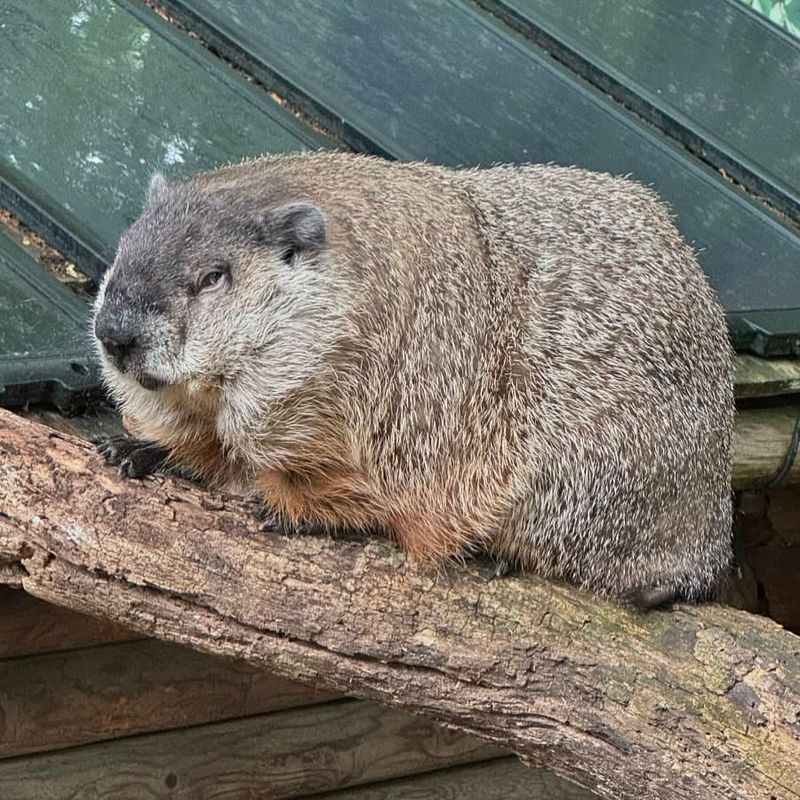
Meet the Woodchuck, also known as the Groundhog, famous for its weather forecasting abilities each February. But beyond their celebrity status, Woodchucks are fascinating creatures in their own right. Found across much of the eastern United States, these rodents are skilled burrowers, creating extensive underground homes.
Weighing up to 14 pounds, they are one of the larger members of the squirrel family. Woodchucks spend their days foraging for grasses, plants, and fruits, storing up fat reserves for their winter hibernation.
Their burrows not only provide them with protection but also offer shelter for other animals, showcasing their role in the ecosystem. With their chubby cheeks and curious habits, Woodchucks are a delightful sight in the meadows and fields they call home.
12. Eastern Chipmunk
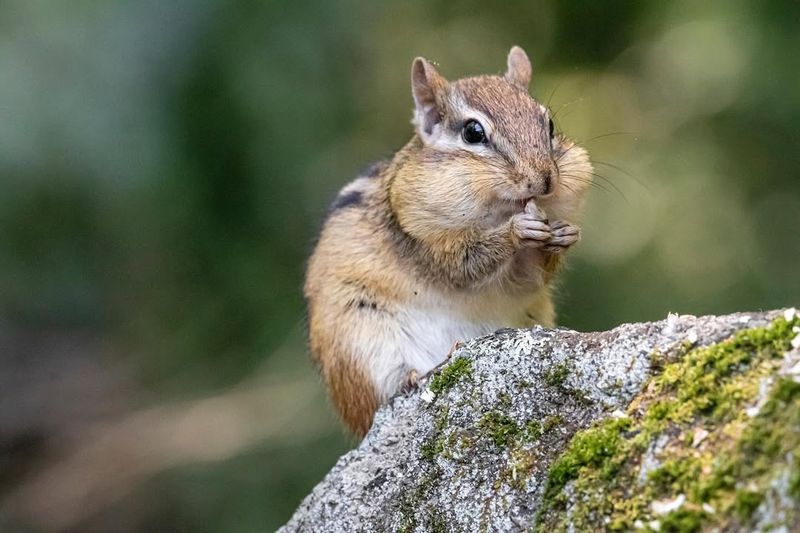
Say hello to the Eastern Chipmunk, a small but spirited rodent that brings a burst of energy to the forests of the eastern US. With their distinctive stripes and cheek pouches, chipmunks are easily recognizable and endlessly entertaining.
Weighing just a few ounces, these pint-sized powerhouses spend their days collecting seeds and nuts, often storing them in their underground burrows for the winter. Their cheeky nature and quick movements make them a favorite among wildlife enthusiasts.
Despite their small size, chipmunks play a significant role in seed dispersal, helping to maintain the health of their forest habitats.
13. Abert’s Squirrel
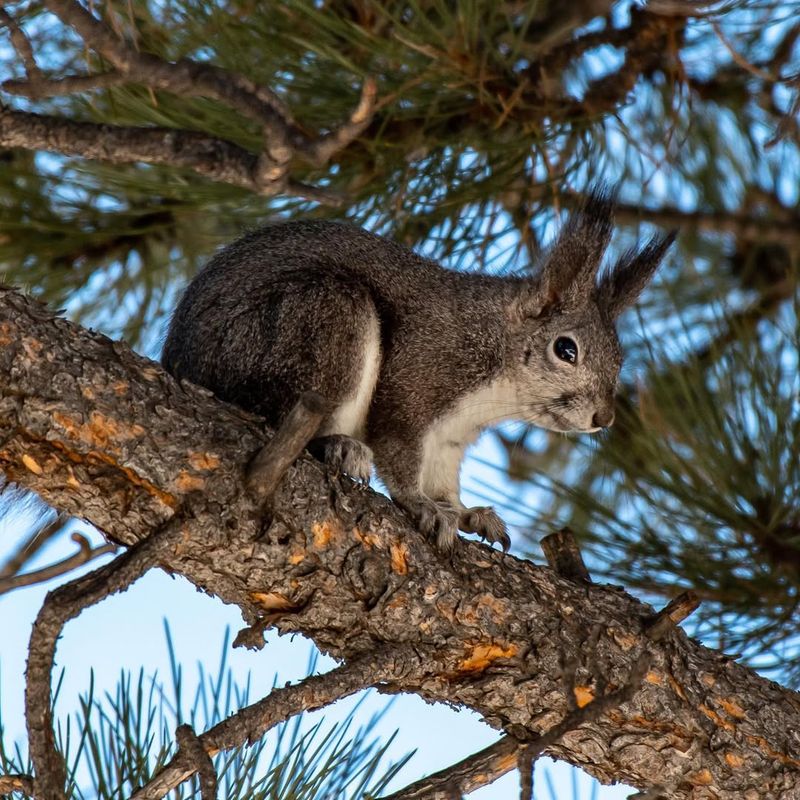
Introducing Abert’s Squirrel, a striking rodent with distinctive tufted ears and a love for the high-altitude forests of the southwestern United States. Found mainly in Colorado and surrounding areas, these squirrels are a joy to watch as they leap gracefully between pine branches.
Weighing up to 1.5 pounds, Abert’s Squirrels are known for their diet rich in ponderosa pine seeds. Their relationship with these trees is symbiotic, as they help with seed dispersal while relying on them for food and shelter. Their tufted ears and bushy tails make them one of the most recognizable and charismatic squirrels in the region.
14. Columbian Ground Squirrel
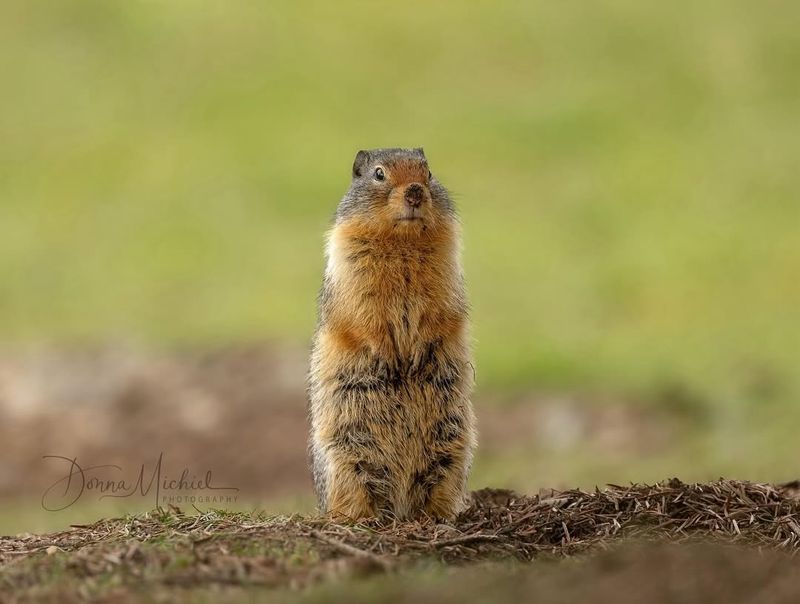
Welcome the Columbian Ground Squirrel, a robust rodent that calls the mountainous regions of the northwestern United States home. These squirrels are known for their social nature and bustling colonies, often found in open meadows and alpine environments.
Weighing around 1.5 pounds, they are larger than many ground squirrel species, and their burrows create complex underground networks. Columbian Ground Squirrels are active during the warmer months, spending their time foraging for grasses and seeds.
Their burrowing activities not only provide them with shelter but also play a crucial role in soil aeration and ecosystem health.
15. Allegheny Woodrat
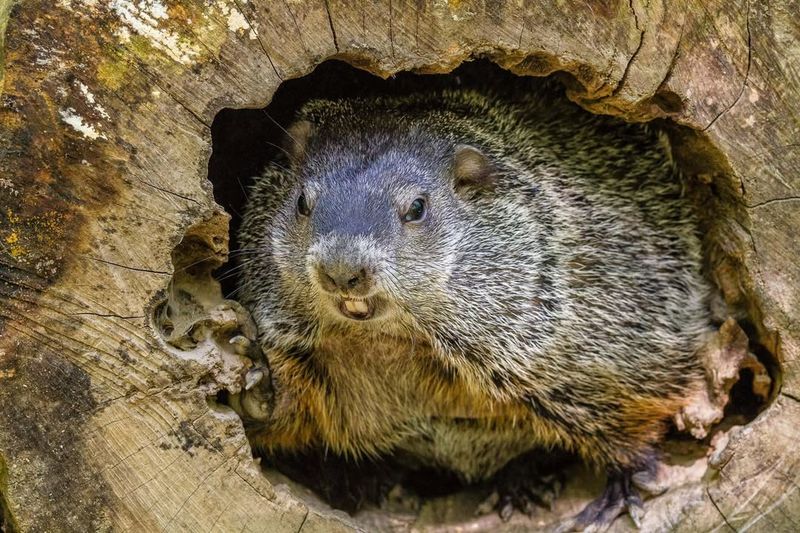
Introducing the Allegheny Woodrat, a shy and elusive rodent found in the Appalachian region of the eastern United States. Often referred to as the ‘packrat’, these creatures are known for their habit of collecting various objects to decorate their nests.
Weighing around 1 pound, they are small but tenacious, with a diet consisting mainly of nuts, fruits, and seeds. Woodrats are primarily nocturnal, making their homes in rocky crevices and caves. Their presence in the ecosystem is vital, as they aid in seed dispersal and provide insight into the health of their forest habitats. Despite their secretive nature, they hold an important place in the Appalachian forests.
16. Hispid Cotton Rat
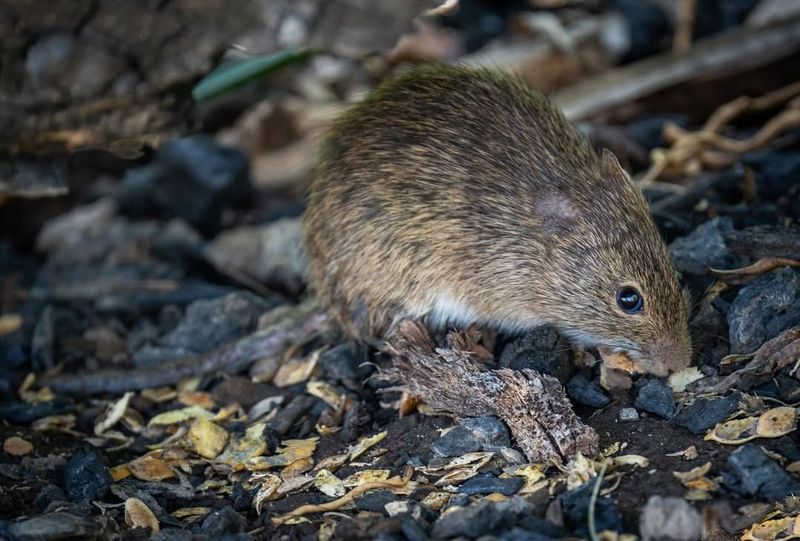
Meet the Hispid Cotton Rat, a rodent that thrives in the grasslands and prairies of the southern United States. Known for their dense fur and robust bodies, these rats are integral to their ecosystems.
Weighing around 7 ounces, they might not be the largest rodents, but their role is significant. Cotton Rats are active year-round, feeding on a variety of plants and seeds. Their burrowing and foraging help maintain the health of grassland habitats. As prey for many predators, they also play a crucial role in the food chain. Their presence highlights the interconnectedness of life in the grasslands.
17. Meadow Vole
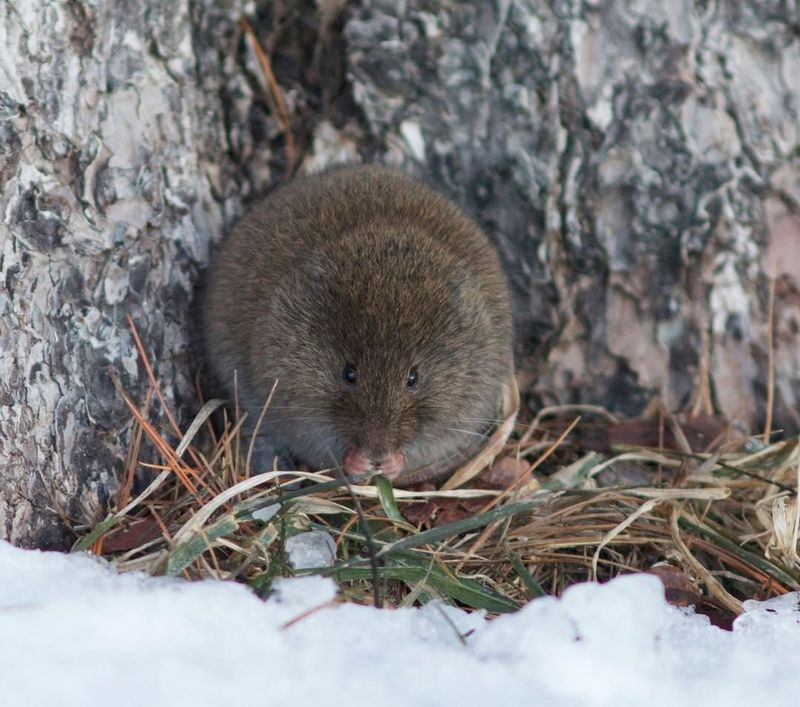
Introducing the Meadow Vole, a small but prolific rodent found in the grasslands and meadows of the United States. Known for their rapid reproduction and appetite for vegetation, these voles are key players in their habitats.
Weighing less than 2 ounces, Meadow Voles are tiny but have a big impact. Their burrowing activities aerate the soil, promoting healthy plant growth. They serve as an important food source for predators like hawks and foxes. Despite their size, their ecological importance cannot be overstated, as they contribute to the health and balance of their ecosystems.
18. Bushy-tailed Woodrat
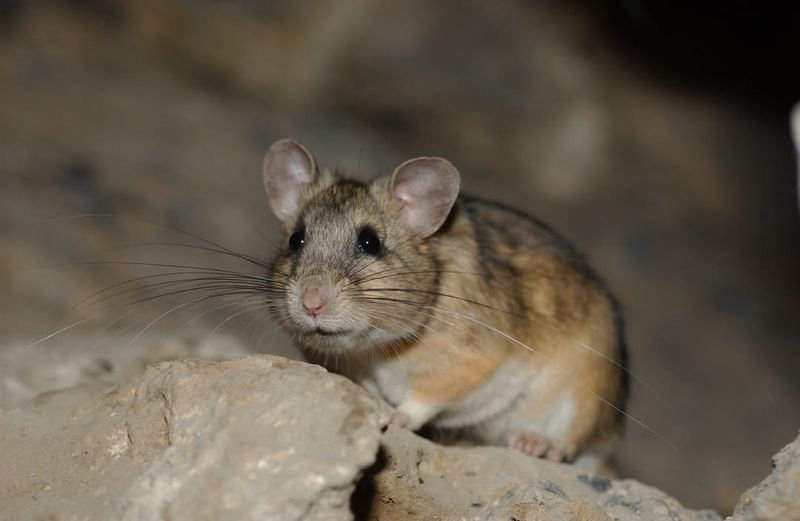
Meet the Bushy-tailed Woodrat, a charismatic rodent known for its unique nesting habits. Found in rocky outcrops in the western United States, these creatures are often called ‘packrats’ for their tendency to collect and hoard various objects.
Weighing around 1 pound, they are small but resourceful, with a diet that includes fruits, seeds, and plant material. Their nests, known as middens, are fascinating structures that provide valuable insights into environmental changes over time.
The Bushy-tailed Woodrat’s penchant for collecting has earned it a special place in folklore, highlighting its playful and industrious nature.
19. Yellow-bellied Marmot
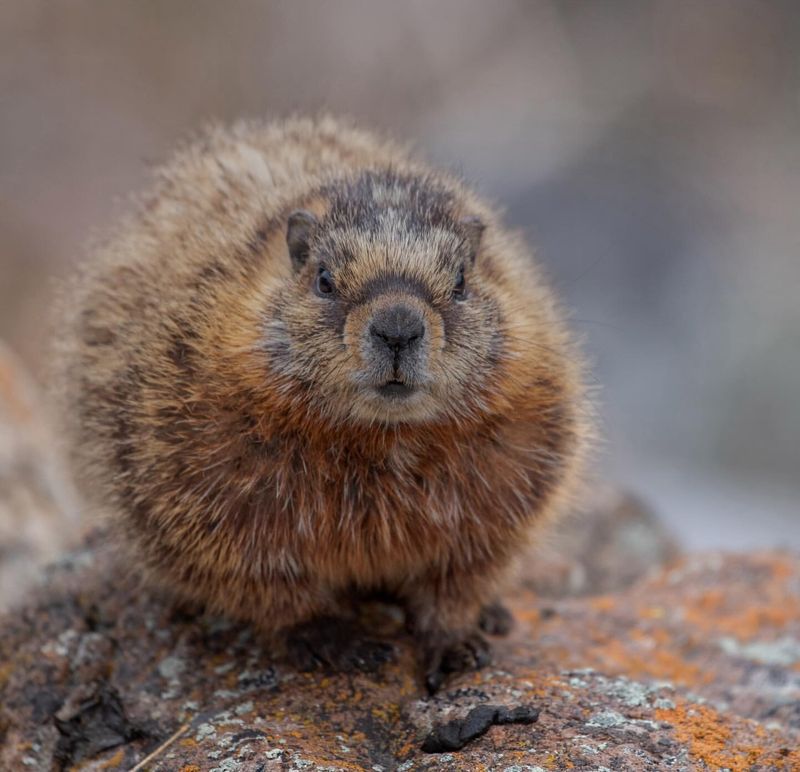
Introducing the Yellow-bellied Marmot, a robust rodent found in the mountainous regions of the western United States. Known for their social behavior and loud whistles, marmots are a delight to observe in their natural habitats.
Weighing up to 11 pounds, they are among the larger rodents in North America. Marmots spend their summers foraging for grasses and flowers, preparing for their long hibernation in winter.
Their burrows provide shelter not only for themselves but also for other animals, playing a crucial role in their ecosystem. With their distinctive yellow bellies and cheerful disposition, Yellow-bellied Marmots are a true symbol of alpine life.


